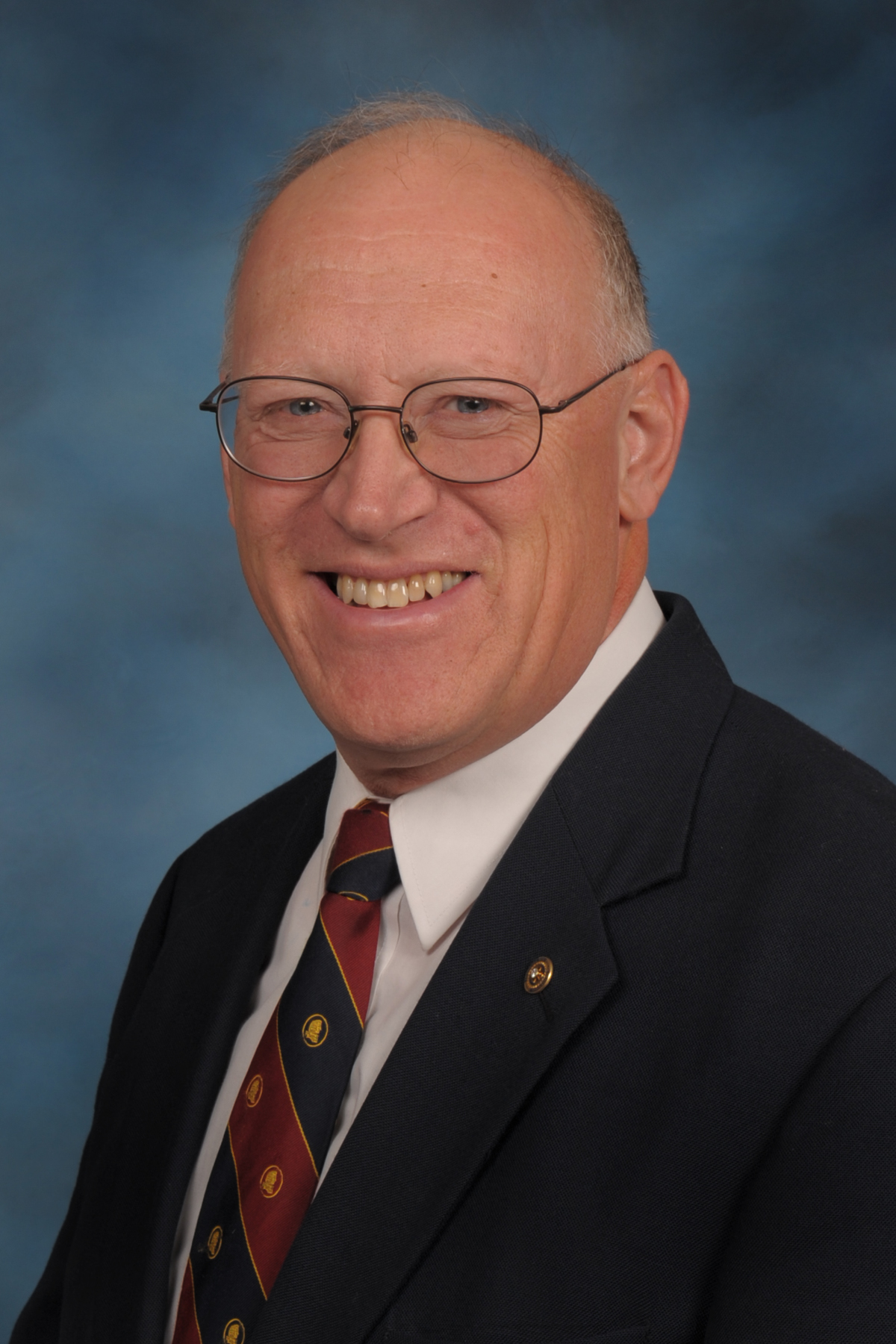
The World Series. It’s a great event for baseball fans. As the baseball season comes to its culmination, we are reminded of a time before racial integration when there were two World Series: One for major league baseball, and a second for what was called the National Negro League. Today we’ll learn about two young players who led their teams in each league. Incredibly, those two players both came from the very same small town in rural Kansas. Thanks to Meredith Wiggins of the Kansas Humanities Council whose article served as our source and is used with permission in today’s Kansas Profile.
Walter “Big Train” Johnson was an icon in big league pitching a century ago, playing for 21 years with the Washingon Senators. He was the dominant power pitcher of his time, described as “one of the most celebrated and dominating players in baseball history.” Several of his pitching records still stand today, more than a century later.
Walter was well-known to have come from a farm near Humboldt, Kansas. What is less well-known is that another major league player also came from Humboldt during that same time. He was an African-American named George Sweatt who made his mark in the Negro Leagues.
George Sweatt grew up at Humboldt. He attended Pittsburg State where he was a decorated track and field athlete. He pursued baseball and made it to the Negro Leagues where he played with the famous Kansas City Monarchs and later with the Chicago American Giants.
Sweatt, sometimes called “Sharkey” or “The Teacher,” was a combination infielder and outfielder known for his wicked hitting. However, he and Walter Johnson were also both known for their sportsmanship. Johnson had a terrifying pitching arm, but he was remembered for his polite disposition. He was even known to throw easier pitches to opposing players with low batting averages.
George Sweatt was also remembered for his good sportsmanship. He was actually a schoolteacher in Coffeyville. If the baseball season overlapped with his teaching duties, there was no question which he would pick, according to Negro League baseball historian and author Phil Dixon. “Sweatt was kind of an academic and a ballplayer,” Dixon said. “He….would leave the team early enough so he could go teach. He was a tremendous individual.”
Walter Johnson had a lengthy big league career. In his 18th year with the Washington Senators, he led his team to the World Series championship in 1924. In that same year, the Negro League World Series was won by the Kansas City Monarchs, including George Sweatt.
What are the odds that two ballplayers from the same small Kansas town would lead their teams to World Series championships in the very same year? The citizens of Humboldt should be proud – and they are.
The community is “pleased as punch” to share the two men’s stories with a wider audience, said Humboldt Historic Preservation Alliance mentor Eileen Robertson. Humboldt set up a local baseball Hall of Fame with a display featuring photos, articles, and memorabilia associated with the two men. Today, town teams play at both Walter Johnson Field and at Sweatt Field. Monuments to both men stand at various locations throughout town.
While Walter Johnson has been famous for decades, the town is taking steps to publicize George Sweatt’s rich history in the area as well. A plaque marking his birthplace is planned. This is fitting recognition for a man whose autobiography includes a dedication to “the older citizens of Humboldt, Kansas for accepting me for what I was and have become.”
Humboldt is even hosting the Hometown Teams Smithsonian Institution traveling exhibition this fall. For more information, go to www.humboldtkansas.org.
It is incredible that two World Series champions in the same year would come from a single rural community – the town of Humboldt, Kansas, population 1,964 people. Now, that’s rural.
The World Series. It’s a great event for baseball fans, and today we remember two World Series champions who came from the same small Kansas town. We salute the Humboldt Historic Preservation Alliance for making a difference by preserving and promoting this history. I think they’ve hit a home run.
